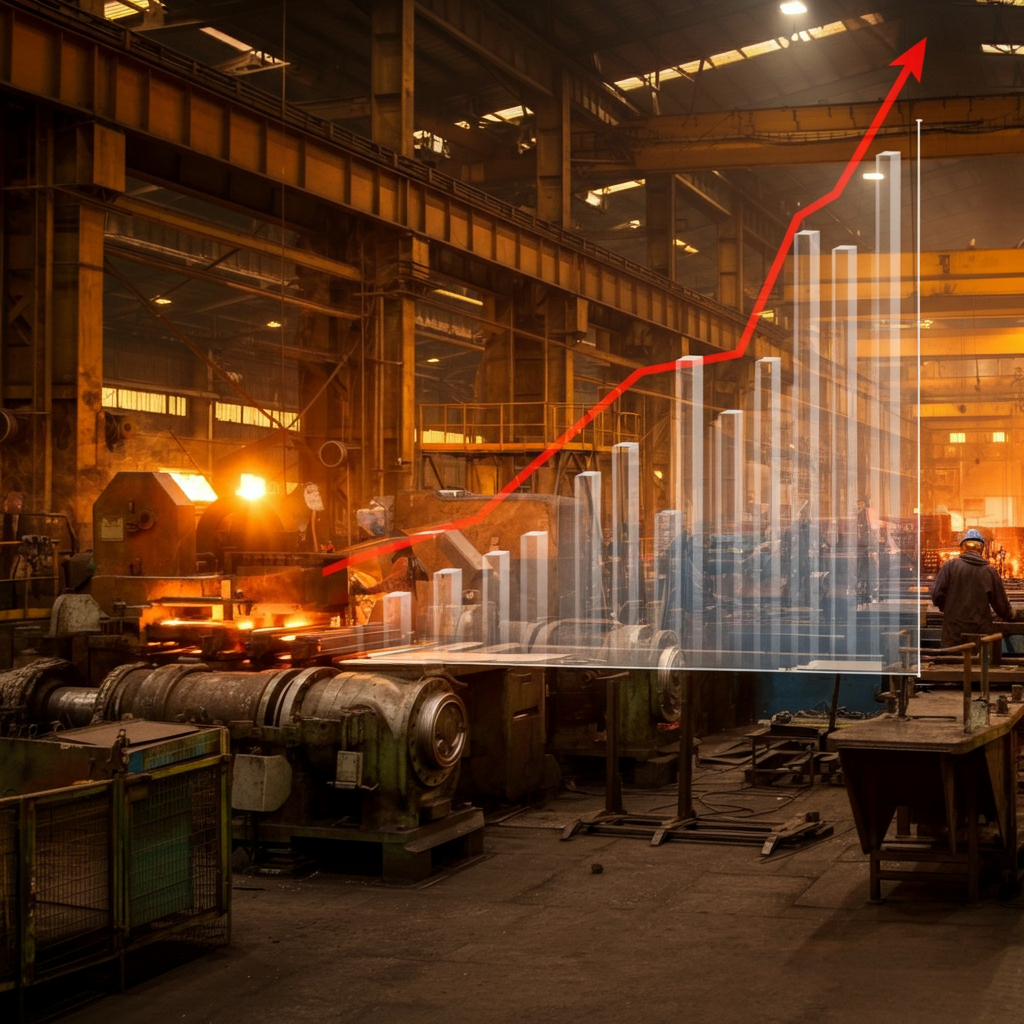
Global trade dynamics are shifting, and one subject dominating headlines is the implementation of steel and aluminum tariffs. With a 25% tariff on these materials and the possibility of more to follow, manufacturers, economists, and consumers alike are bracing for the ripple effects. In this article, Detroit Tube Products addresses the impact of changes to steel and aluminum tariffs.
A 25% increase in steel and aluminum poses problems for manufacturers. Even with intentions to protect domestic steelmakers and promote job growth, there are still going to be major impacts.
Part of the problem comes from the location of certain steel mills. Originally, steel mills used to focus on mass manufacturing, producing a variety of materials but with lower quality. However, modern steel mills focus on specializing in types of steel and aluminum production. These mills are tailored to create precise grades of steel, such as high-strength steel for aerospace or corrosion-resistant aluminum for electronics. As a result, manufacturers have particular mills from which they get their materials.
With the United States importing about 30% of its steel and 50% of its aluminum annually, businesses will have to increase prices to recover the difference.
With raw material prices soaring, manufacturers are forced to absorb additional costs, reduce profit margins, or pass extra costs onto their customers. For small and mid-sized businesses operating with tight budgets, this strains operations and leaves little room for growth or innovation.
For example, consider a mid-sized car manufacturer. With steel being a key input for automotive parts, a 25% hike means significantly higher production costs per vehicle. To maintain profitability, businesses either need to charge consumers more or reduce their workforce and investments elsewhere. Under the current tariff structure, there will be no penalty if the products are made in the United States. However, that move for manufacturers take some time. There are also other effects.
Many manufacturers operate within a global supply chain that seamlessly sources materials across borders. The introduction of tariffs disrupts this equilibrium, forcing companies to reconfigure sourcing strategies. Dependence on domestic supply, often more expensive and less diverse, compounds challenges for industries such as machinery and infrastructure. For example, projects that depend on specialized grades of steel may face delays if those materials are no longer available at reasonable prices.
The effect of tariffs doesn’t stop at the production level. Ultimately, increased production costs trickle down to the end user.
Whether it’s cars, appliances, or packaged food, industries relying on steel and aluminum will likely pass increased material costs onto their customers. For example:
Smaller businesses that cannot afford higher inputs may cut production or halt efforts altogether, reducing the variety of products and services available to consumers.
While proponents of tariffs argue that they protect American jobs in steel and aluminum production, the industries that rely on these materials far outweigh the number of jobs in steel mills. Experts warn that manufacturing job losses in sectors like transportation and machinery may outpace any employment gains for steelworkers.
The 25% tariffs on steel and aluminum might aim to revive domestic industries, but their broader implications cannot be ignored. Manufacturers are now caught in a delicate balancing act, managing higher costs, navigating supply disruptions, and striving to stay competitive. Businesses that adapt with strategic sourcing, efficient operations, and global awareness stand the best chance of weathering these changes successfully.
Trade policies are fluid, and manufacturers who stay informed and proactive will be best-positioned to succeed—no matter the state of the global market.